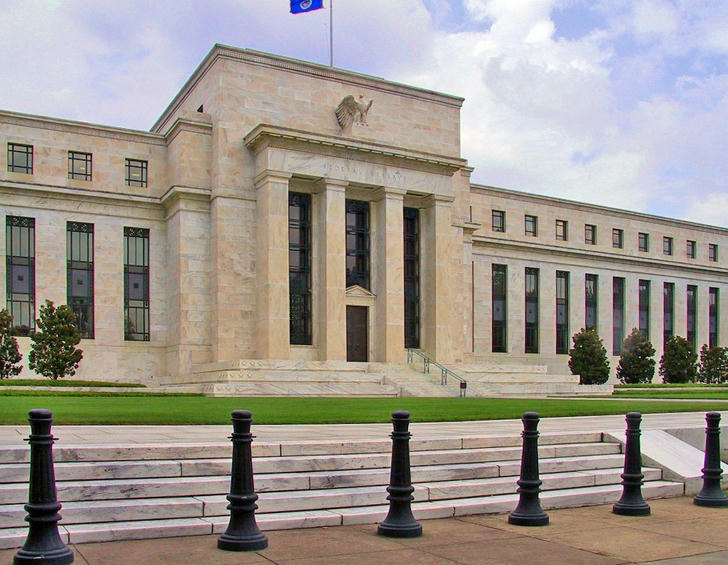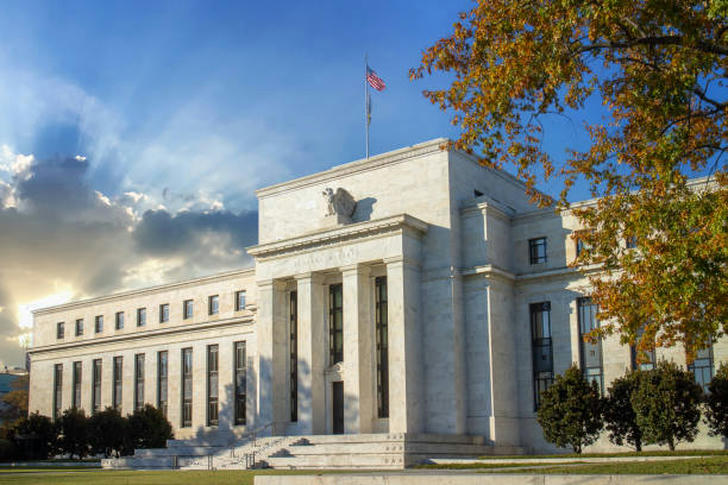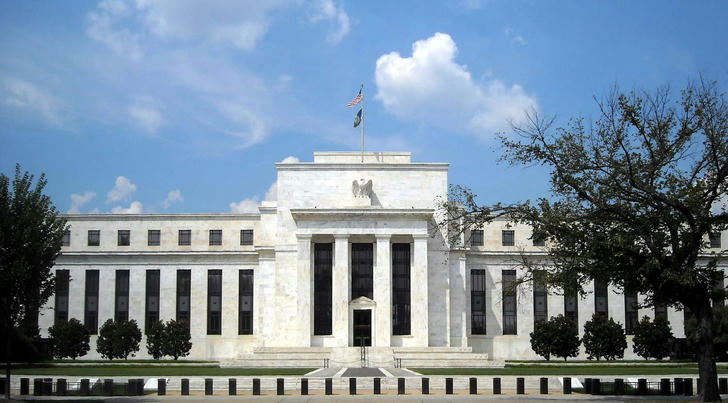Will the Fed Cut Rates in 2025? Your Action Plan for the Coming Rate Shifts
Imagine locking in a mortgage at 5% while others pay 6.7%. As the Federal Reserve navigates a pivotal year for interest rates, your financial decisions today could save you tens of thousands. Here’s what the data reveals – and exactly how to position yourself.

🔥 The Rate Reality Check: Where We Stand Today
The Fed’s March 2025 pause has left rates frozen at 4.25%-4.50% – still painfully high for borrowers. Consider this:
📊 The Historical Gap
| Metric | 2010-2019 Avg | Current (2025) | Change |
|-----------------|---------------|----------------|--------------|
| Federal Funds | 0.6% | 4.25%-4.50% | ▲ 600%+ |
| 10-Yr Treasury | 2.3% | 4.2% | ▲ 82% |
| 30-Yr Mortgage | 3.9% | 6.7% | ▲ 72% |
Despite 2024’s 1% rate cut, borrowing costs remain near 15-year highs. Homebuyers in cities like Austin and Miami feel this most: A $500K mortgage now costs $1,200+/month more than pre-pandemic.
The impact on borrowers is profound, with many facing increased monthly payments that can severely affect their budgets. As the cost of borrowing rises, families may find it challenging to allocate enough funds for other essential needs, potentially leading to broader economic effects as consumer spending shifts.
⚖️ 4 Forces Driving the Fed’s 2025 Decisions
The Fed’s next moves hinge on these critical factors:
📉 Inflation’s Slow Retreat
Current inflation: 2.5%
Projected 2025: 2.2%
The Fed won’t cut aggressively until it nears the 2% target. Grocery and energy prices remain key pressure points.Inflation dictates much of the central bank's policy decisions. When inflation is high, the cost of living increases, eroding purchasing power. The slow decline in inflation rates suggests a cautious approach by the Fed, as rapid cuts could spur inflation back up.
🛑 Economic Cooling
- 2024 GDP: 2.8% → 2025 Projection: 2.0%
- Manufacturing hubs like Detroit see slowing orders
Rate cuts are likely to prevent a deeper slowdown
A cooling economy can signal reduced consumer and business spending, necessitating rate cuts to stimulate activity. The prospect of recessionary pressures makes the Fed's decisions even more critical in balancing growth and stability.
👥 The Jobs Tightrope
While unemployment stays low, sectors like tech (Silicon Valley) and retail (Chicago) show hiring fragility. The Fed may cut rates to protect employment.The job market's health is a dual-edged sword. While overall employment figures may seem stable, sector-specific layoffs can have ripple effects, affecting consumer confidence and spending. The Fed's rate decisions will likely aim to sustain job growth across all sectors.
🌍 Global Wildcards
From Taiwan tensions to EU energy crises – any shock could delay rate relief.International conflicts and economic instability abroad can have significant domestic consequences. For instance, supply chain disruptions or trade barriers can lead to increased costs for goods, influencing inflation and economic growth.

⏳ The Rate Countdown: What’s Coming
✅ Short-Term Projections (2025-2027)
| Year | Fed Funds Rate | 30-Yr Mortgage |
|---------|----------------|----------------|
| Late 2025 | 3.50%-3.75% | ~6.0% |
| Late 2026 | 2.50%-2.75% | ~5.5% |
| Mid-2027 | 2.25%-2.50% | 5.0% |
This means: A $500K mortgage payment drops $600/month by 2027.
As rates are projected to decline, borrowers can anticipate relief in their monthly payments, offering increased financial flexibility. This reduction in rates will benefit not only new homebuyers but also those seeking to refinance existing loans.
🔮 Long-Term Outlook
Demographic shifts and productivity trends point to a return to pre-pandemic "low-rate normal" – but NOT the near-zero 2020 rates.
Long-term, the economy's structural changes, such as an aging population and advances in technology, will influence productivity and growth, shaping the trajectory of interest rates. These factors will likely prevent a return to the extremely low rates seen in the past, setting a new "normal" that balances growth with inflation control.
❌ The Market’s Dangerous Misconception
Futures markets expect rates to settle 1.25% higher than economists project by 2027. Why this gap matters:
- Homebuyers may delay purchases unnecessarily
- Investors could misallocate assets
- Expert consensus: Rates will fall faster than Wall Street predicts
This misconception can lead to strategic missteps for both consumers and investors. Homebuyers might miss out on optimal purchasing windows, while investors could misjudge the timing of asset allocation, affecting returns. Understanding the likely trajectory of rates is crucial for making informed financial decisions.
🚀 Your 4-Step Rate Advantage Plan
🔍 Step 1: Master the Timing
Track these signals: Monthly CPI reports, Fed meeting dates (June/Sept key), unemployment filings
⭐ Pro Tip: Set Google Alerts for "FOMC statement" + "core PCE"
By staying informed on these indicators, you can better predict when rate cuts might occur and time your financial decisions accordingly. This proactive approach will enable you to capitalize on favorable conditions.
💳 Step 2: Turbocharge Your Financial Profile
| Credit Score | Avg Mortgage Rate | Monthly Savings* |
|---|---|---|
| 620-639 | 7.5% | Baseline |
| 720-739 | 6.0% | $450 |
| 760+ | 5.7% | $600 |
| **(On $400K loan) |
Action Checklist:
✅ Dispute credit report errors (40% have mistakes)
✅ Reduce credit utilization below 10%
✅ Avoid new credit applications 6 months pre-mortgage
Enhancing your credit score can significantly impact the interest rates available to you, translating into substantial savings over the life of a loan. Start by reviewing your credit report for inaccuracies and managing your credit utilization to boost your score.
🏠 Step 3: The Refinance Window Strategy
Sarah’s Story (Seattle homeowner):
Bought in 2024 at 6.9%
Refinanced at 5.8% in late 2025
Savings: $1,872/year
Refinancing can be a strategic move to lower your monthly payments and overall interest costs. By monitoring interest rate trends, you can identify the best time to refinance, ensuring maximum savings.
When to Refinance:
- Rate drops 0.75%+ below current rate
- You’ll stay in home 5+ years
- Costs are < 2% of loan
🤝 Step 4: Build Your Expert Coalition
Mortgage brokers with capital markets access
Fee-only financial planners (find via NAPFA)
CPA for tax-efficient structuring
Assembling a team of financial experts can provide valuable insights and guidance, helping you navigate complex financial landscapes. Their expertise can assist in optimizing your financial plans in anticipation of changing rates.
"Waiting cost me $47,000." - Michael T., Denver
Delayed his 2023 refinance, missing the 2024 rate dip
This cautionary tale underscores the importance of timing in financial decisions. Delays can lead to significant lost savings opportunities, emphasizing the need for proactive planning and decision-making.

🎯 Final Insight: Control What You Can
The Fed’s path depends on unpredictable data. But your credit profile, timing awareness, and advisor team are 100% in your control. As rates trend down, prepared buyers will unlock:
- Lower monthly payments
- Increased home affordability
- Investment capital freed from interest
Your Move:
- Pull credit reports at AnnualCreditReport.com today
- Calculate refinance breakeven with CFPB’s calculator
- Interview 3 mortgage brokers THIS WEEK
The rate shift is coming. Will you pay the price – or claim the prize?
